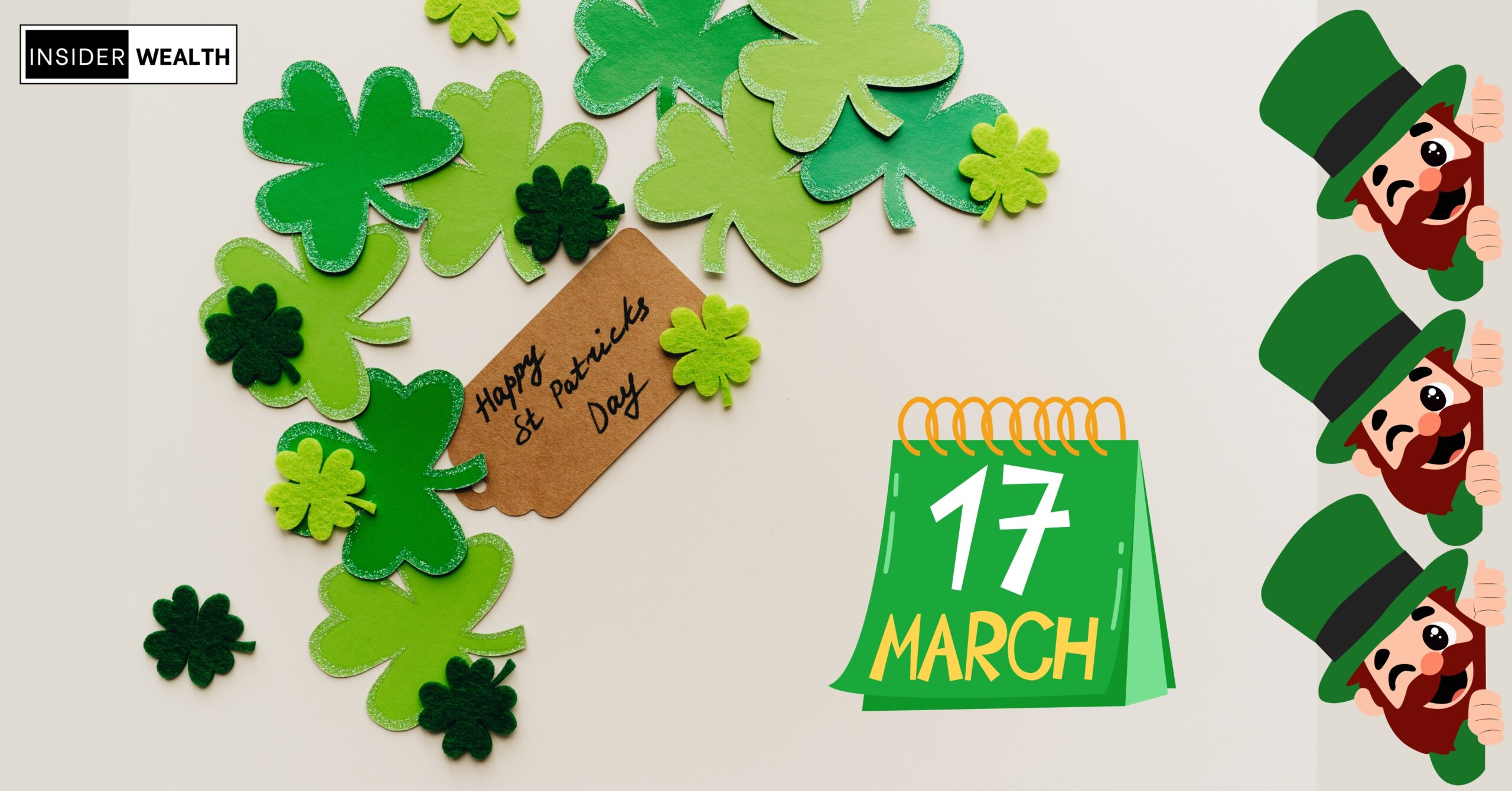Every year on March 17th, people worldwide celebrate St. Patrick’s Day, a cultural and religious event honoring St. Patrick, the patron saint of Ireland. What started as a modest religious observance has grown into a vibrant celebration featuring parades, festivals, and Irish-themed customs. Let’s explore the history, traditions, and fun facts surrounding this festive day.
The History of St. Patrick’s Day
St. Patrick’s Day dates back to the 5th century, commemorating the life and work of St. Patrick, who helped spread Christianity throughout Ireland. The holiday marks the date of his death on March 17th, 461 AD. Initially a solemn occasion, it has evolved into a celebration of Irish culture around the world.
Who Was St. Patrick?
Born in Britain during the late 4th century, St. Patrick was kidnapped by Irish raiders at the age of 16 and enslaved in Ireland. After escaping years later, he returned to Ireland as a Christian missionary. He played a significant role in converting the Irish to Christianity. A popular legend credits him with driving snakes out of Ireland—symbolizing the removal of pagan beliefs.

St. Patrick’s Day Parades: A Worldwide Celebration
One of the most recognizable features of St. Patrick’s Day is the lively parades. While Dublin hosts a major celebration, some of the biggest parades take place outside of Ireland.

Famous St. Patrick’s Day Parades
- New York City, USA: Hosting the world’s largest St. Patrick’s Day parade since 1762.
- Chicago, USA: Known for dyeing the Chicago River green, a unique tradition that started in 1962.
- Boston, USA: With a strong Irish-American community, Boston’s parade began in 1737.
- London, UK: Hosts a colorful parade and cultural festivities in Trafalgar Square.
- Sydney, Australia: Features a lively parade that reflects the Irish influence in Australia.
Symbols and Traditions of St. Patrick’s Day
St. Patrick’s Day is rich with symbols and customs that highlight Irish heritage and folklore.
1. The Shamrock
The shamrock, a three-leaf clover, is linked to St. Patrick, who reportedly used it to teach the concept of the Holy Trinity (Father, Son, and Holy Spirit). It remains a symbol of Irish pride and good luck.

2. Wearing Green
Green symbolizes Ireland’s landscape, famously called the “Emerald Isle.” Wearing green is also said to protect against leprechaun pranks—a playful tradition where those not wearing green may get pinched.

3. Leprechauns and Folklore
Leprechauns, mischievous figures from Irish folklore, are associated with guarding pots of gold at the end of the rainbow. While originally part of ancient myths, they’ve become a fun and whimsical part of St. Patrick’s Day imagery.

4. Irish Food and Drinks
Celebrating St. Patrick’s Day often includes enjoying classic Irish dishes such as:
- Corned Beef and Cabbage: A favorite in Irish-American communities.
- Irish Soda Bread: A traditional bread made without yeast.
- Guinness Beer: The iconic Irish stout is popular during festivities worldwide.
Interesting Facts About St. Patrick’s Day
- St. Patrick Was Not Irish: He was born in Roman Britain.
- No Snakes in Ireland: The story of St. Patrick driving out snakes is symbolic of eliminating non-Christian practices.
- Global Celebrations: Over 50 countries observe St. Patrick’s Day in some form.
- Green Beer Tradition: This fun custom originated in the United States.
- First Parade: The first recorded St. Patrick’s Day parade took place in St. Augustine, Florida, in 1601.
How to Celebrate St. Patrick’s Day
Looking to join the celebrations? Here are some fun ways to mark the occasion:
- Attend a Parade: Many cities host festive parades full of music and dancing.
- Wear Green: Embrace the tradition by dressing in your best green attire.
- Enjoy Irish Cuisine: Try classic dishes like shepherd’s pie or colcannon.
- Explore Irish Culture: Listen to Irish music, learn a dance, or discover Irish history.
- Host a Party: Organize a themed gathering with Irish food, decorations, and games.
Conclusion
St. Patrick’s Day is a unique celebration blending religious significance, cultural pride, and joyful festivities. Whether you’re marching in a parade, sharing a traditional Irish meal, or simply wearing green, it’s a day to honor St. Patrick and the enduring spirit of Ireland.
On March 17th, join millions worldwide and say “Sláinte!” (an Irish toast meaning “to your health”) as you celebrate this cherished holiday.

